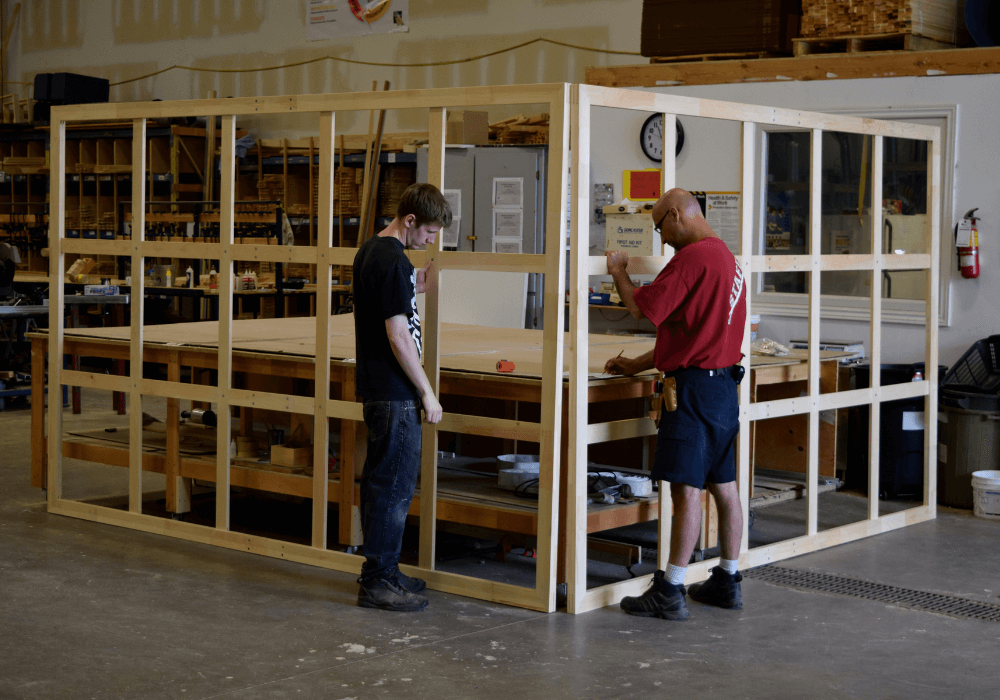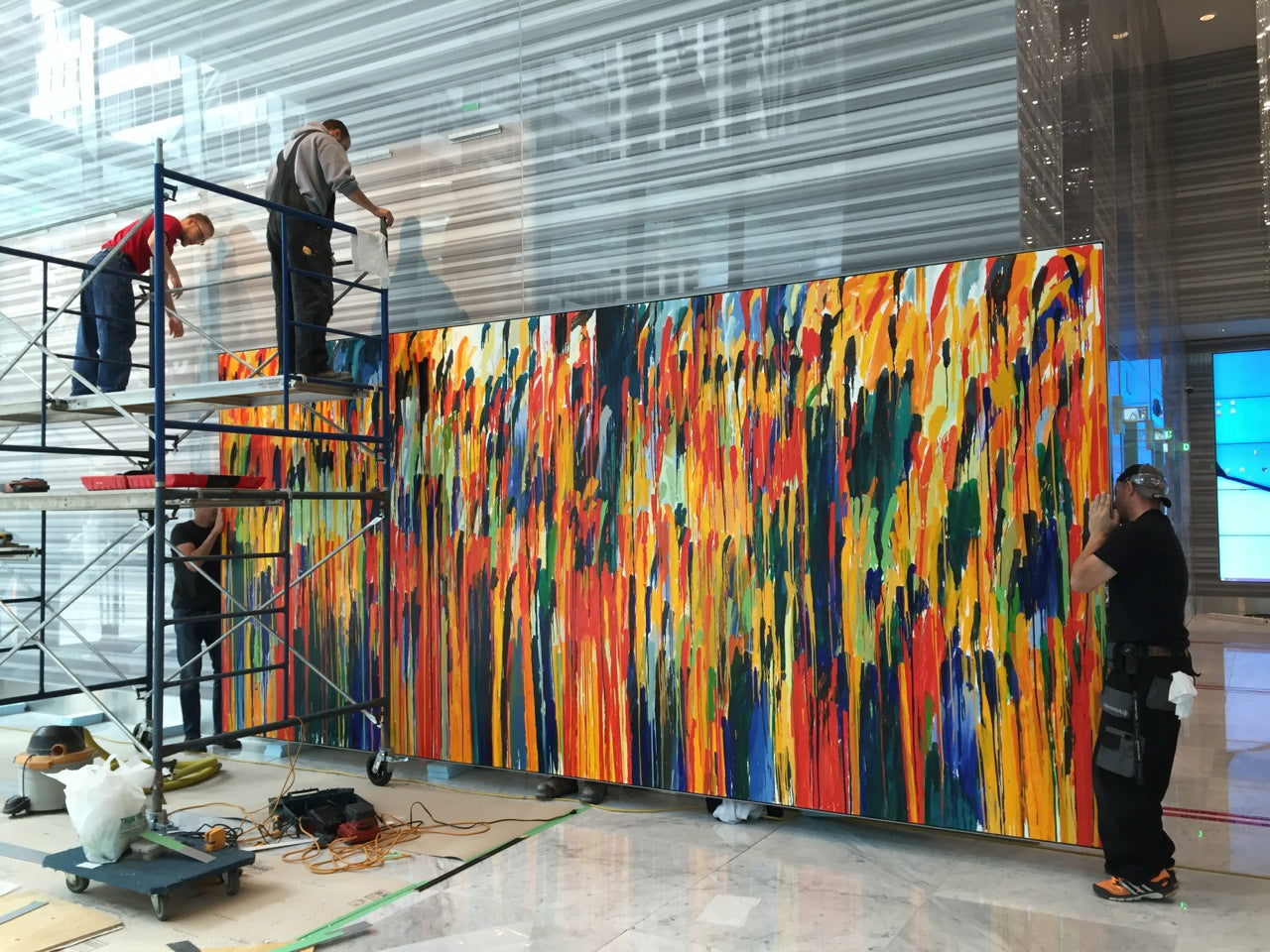Why You Should Use Keyable Stretchers
Surprisingly, the durability of the oil painting on canvas is a popular myth. Its survival has depended on good construction, good luck, and regular conservation attention. Often major conservation is needed within 25-100 years of a painting’s completion.
A properly prepared stretcher frame is basic to the long life of a good painting, given the vicissitudes of travelling, storage, and viewing space to which it will almost certainly be subjected. Conservators know well what time, chance, travel and climate, can do to a painting not put on a really good foundation to start with.
The frame must be keyable, not fixed. A keyed stretcher is, in fact, a sophisticated construction which must be well made and finely “tuned” to meet the requirements of a flexible canvas. The “keys” or “wedges” are used along with the precisely made mitered, tongue & groove corner joints to expand the stretcher frame in very small increments to apply tension to the canvas.
It is critical that the proper tension on the canvas be maintained throughout the life of the painting. The support for the paint and preparation layers depends on the rigidity created by pulling the canvas taut around a wooden frame or “stretcher”. A weakened and sagging canvas easily causes damage in aging paint layers. In time, most canvas will absorb some moisture and start to sag. If the stretcher frame is not “keyed” to enable the sagging canvas to be tightened, the entire painting will have to be restretched. Using fixed frames, without the expanding keyed joints, greatly increases the risk over time of damage to paintings or reproductions on canvas. Painting conservators get plenty of work repairing or restretching canvasses damaged this way.
Proper design essential.
The profile of the stretcher bars should be beveled or tapered so that the canvas has minimal contact. A slope or “fall” on the front face of the bar is absolutely necessary to allow extra space behind the canvas and avoid unwanted contact with the wood of bar or cross brace while painting or later, as it may hang for years on the wall. The width and depth of the wooden stretcher bars should be adequate to support the size of the stretcher and, if necessary, cross braced (recessed to avoid contact with the canvas). Poorly made stretchers may exhibit insufficient or no beveling, no key slots, inadequate cross bracing, bracing too close to the canvas, fixed or poorly made joints, and corners out of square. These deficiencies contribute to the faster deterioration of the canvas, ground and paint layers.
Quality of wood is critical. The quality of the wood used in making a stretcher has a major impact on the longterm stability of the stretched canvas. The wood should be of a select clear grade, with straight grain, free of knots, splits, resin blisters and other defects. The wood should also be kiln dried to a moisture content of 8% or less. Air dried wood bought in lumber yards typically has moisture levels ranging from 12% to over 25% and will usually warp or twist as it dries.
For large canvas stretchers with dimensions over 60 inches, maintaining straightness and stability is a bigger challenge. Upper Canada Stretchers have developed finger-jointed and laminated stretcher designs which provide excellent performance for canvases as large as 30 feet across!
Canvas is best.
There is no good substitute for well stretched canvas. If the painting is on boards, these are liable to crack as they dry out, or swell and distort or even tear the painting if there is moisture in the air. Boards often warp and are also susceptible to dry rot and insects! And a solid board of a large size is very heavy.
We have many painting conservator customers who in their daily work use our stretchers in repairing excellent expensive old paintings that have started their lives on fixed frames (not keyable), or solid boards, anything but a good foundation.








